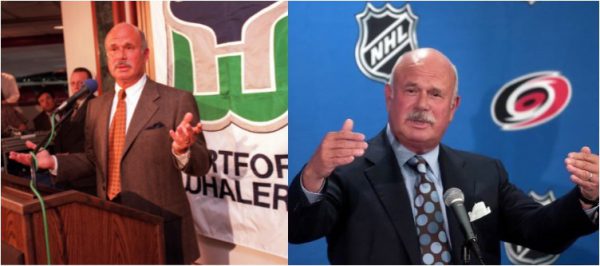Former CT Sportscaster Handling Weather Reporting Duties During Hurricane in Houston
/Khambrel Marshall, who once delivered the evening sports news on Hartford’s Channel 3, has accomplished the rare broadcast trifecta – he has been a sports anchor, news anchor, and weather reporter during his career – all in some of the nation’s largest media markets. It is a career with heightened visibility in recent days, as a Hurricane Harvey barrelled in on Houston, where Marshall is an on-air member of the NBC affiliate’s “Severe Weather” team, as well as the host of a weekly public affairs program on KPRC-TV. Joining the WFSB sports team in 1980 at age 27, Marshall spend five years at channel 3, moving from the nation’s number 23 TV market to number 13 when he relocated to Miami in 1985. At the time, he became the first black sports anchor in South Florida, according to published reports. He had received his broadcasting degree from Arizona State University while working in his first job in television as weekend sports anchor in Phoenix, prior to arriving in Hartford. He remained in sports until news captured his attention while he was sports director in Miami and was called upon to anchor during Hurricane Andrew.
Joining the WFSB sports team in 1980 at age 27, Marshall spend five years at channel 3, moving from the nation’s number 23 TV market to number 13 when he relocated to Miami in 1985. At the time, he became the first black sports anchor in South Florida, according to published reports. He had received his broadcasting degree from Arizona State University while working in his first job in television as weekend sports anchor in Phoenix, prior to arriving in Hartford. He remained in sports until news captured his attention while he was sports director in Miami and was called upon to anchor during Hurricane Andrew.
In a 1980 interview published in Hartford Sports Extra, Marshall said “I’m an honest person. And I have a great rapport with people.” That has been evident at each stop in his career, because, Marshall explained three decades ago, “I like to rub elbows. I really like to meet the folks.” He was one of 12 recipients to receive the National Community Service Award from the Westinghouse Corporation and was named "Outstanding Young Floridian" by the Fort Lauderdale Jaycees for his humanitarian efforts in the wake of Hurricane Andrew.

Marshall later joined KPRC in Houston in 1999 as a news anchor after 13 years in Miami. He left the air in 2006 to accept a producer's position. He then returned as a member of the station’s "Severe Weather Team." He also airs a weekly public affairs program, Houston Newsmakers, that airs on Sunday mornings, just after Meet the Press. He is approaching his 2oth anniversary at the Texas station, just a couple of years away.
A self-proclaimed "weather geek" since high school, he earned his Broadcast Meteorology Certification from Mississippi State University – after his broadcasting career was already underway. Living through and reporting on Hurricane Andrew solidified his thirst for meteorological knowledge, specifically tropical weather phenomena. It is an interest, and experience, that has been on display over the weekend in Houston.
Among his numerous honors is one of broadcasting's top awards, the Emmy, for a feature series titled "Guardians at Sea," chronicling the efforts of the U.S. Coast Guard to rescue Cuban and Haitian refugees crossing the Florida Straits.
He almost came to Hartford two years earlier, after the president of Post Newsweek, then the owner of WFSB, saw him on the air in Phoenix. The station’s news director got in touch.
“He said the president of Post Newsweek stations saw in Phoenix for a convention or something, saw me on the air, and would like me for the Hartford station.” Marshall recalled that although he liked Hartford, he decided to stay in Phoenix. Two years later, after a brief stint in Detroit, Marshall and Hartford connected as he became the sportscaster on the 11 PM newscast, joining a team led by veteran sportscaster Dave Smith.
Marshall has made his mark supporting local nonprofit organizations in addition to his on-air work. He supports Big Brothers Big Sisters, and was March of Dimes Texas Communications volunteer of the year twice. He is a past Chairman of the Executive Committee of Big Brothers Big Sisters of Southeast Texas, and recent board member of Collaborative for Children. In addition, he is a Senior Fellow in the "American Leadership Forum: Houston/Gulf Coast Chapter." The intense ALF one-year program is designed to join and strengthen diverse leaders in the community to better serve the public good. Marshall was married in 1979 – just months before landing at WFSB in Hartford - to his wife Debbie, and they have two daughters.


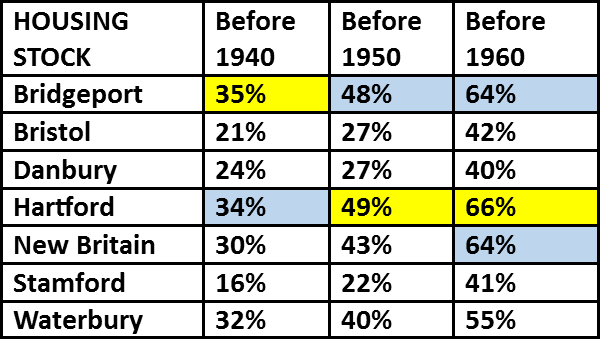
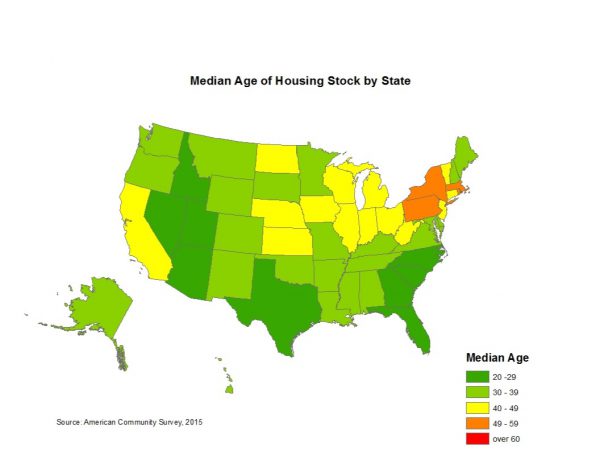
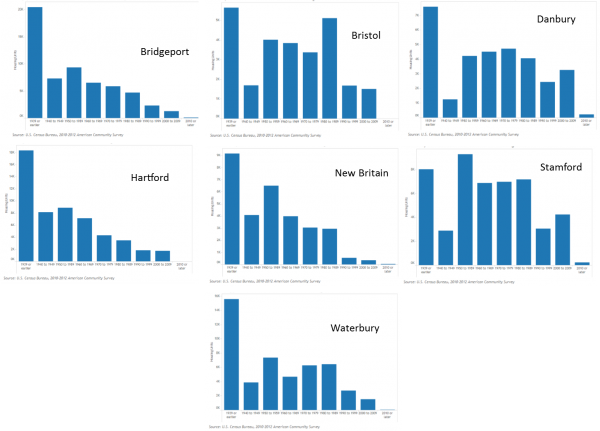





 ted Nations and vetted by the State Department in a process that takes at least 18 months. By comparison, a million or so legal immigrants arrive annually. From October 2001 through 2016, Burma, Iraq, Somalia, Bhutan, and Iran are the top five nations that send refugees to the U.S.
ted Nations and vetted by the State Department in a process that takes at least 18 months. By comparison, a million or so legal immigrants arrive annually. From October 2001 through 2016, Burma, Iraq, Somalia, Bhutan, and Iran are the top five nations that send refugees to the U.S.
 There were nine states that had less than 500 refugees from a single country since October 2001: Alabama, Alaska, Arkansas, Delaware, Hawaii, Mississippi, Montana West Virginia and Wyoming.
There were nine states that had less than 500 refugees from a single country since October 2001: Alabama, Alaska, Arkansas, Delaware, Hawaii, Mississippi, Montana West Virginia and Wyoming.
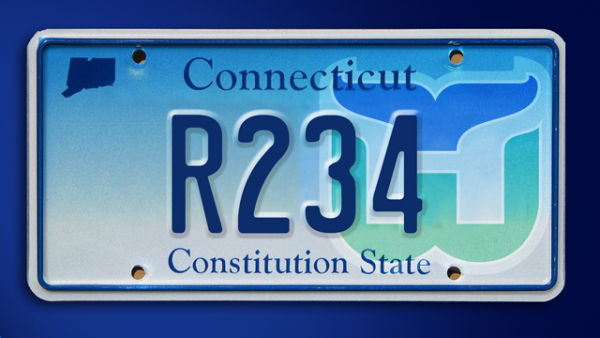 Organization vanity plates include Amistad, Benevolent & Protective Order of the Elks, IUOE Local 478, Grand Lodge of Connecticut, Knights of Columbus, Olympic Spirit, P.T. Barnum Foundation Inc., Preserving Our Past CT Trust for Historic Preservation, Red Sox Foundation, Lions Eye Research Foundation, Special Olympics, Federated Garden Clubs, Fidelco Guide Dog Foundation, Keep Kids Safe, New England Air Museum and the U.S.S. Connecticut Commissioning Committee.
Organization vanity plates include Amistad, Benevolent & Protective Order of the Elks, IUOE Local 478, Grand Lodge of Connecticut, Knights of Columbus, Olympic Spirit, P.T. Barnum Foundation Inc., Preserving Our Past CT Trust for Historic Preservation, Red Sox Foundation, Lions Eye Research Foundation, Special Olympics, Federated Garden Clubs, Fidelco Guide Dog Foundation, Keep Kids Safe, New England Air Museum and the U.S.S. Connecticut Commissioning Committee. International migration has helped, the data shows, but not enough to offset domestic out-migration. Average international in-migration has grown 29% post-recession compared to pre-recession, but in terms of overall net migration, the state has seen an increased loss starting from 2012.
International migration has helped, the data shows, but not enough to offset domestic out-migration. Average international in-migration has grown 29% post-recession compared to pre-recession, but in terms of overall net migration, the state has seen an increased loss starting from 2012.




 uracy of Fake News," appears on SSSN, a site "devoted to the rapid worldwide dissemination of research."
uracy of Fake News," appears on SSSN, a site "devoted to the rapid worldwide dissemination of research."

 ades of highs and lows as the Carolina Hurricanes – two Stanley Cup appearances, and one win of the Cup in the early years, and the worst attendance in the National Hockey League, or near the bottom, more recently. In Hartford, the Whalers
ades of highs and lows as the Carolina Hurricanes – two Stanley Cup appearances, and one win of the Cup in the early years, and the worst attendance in the National Hockey League, or near the bottom, more recently. In Hartford, the Whalers 